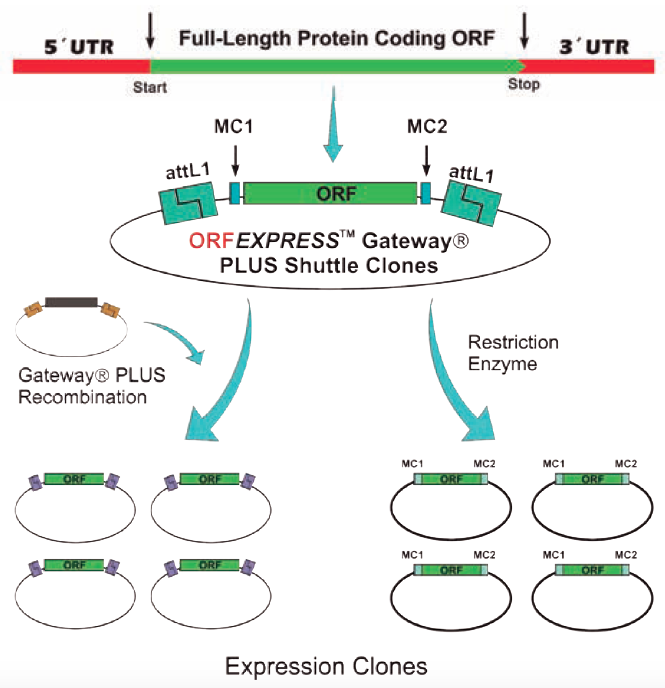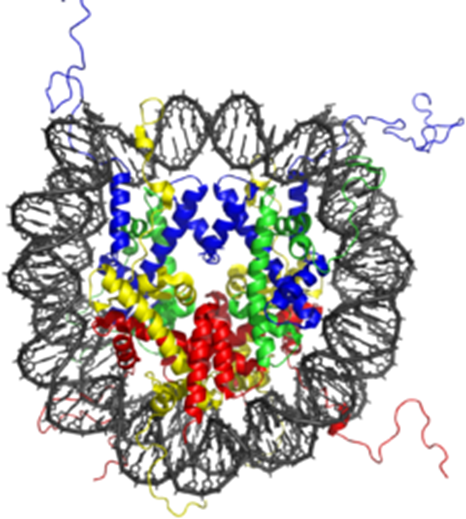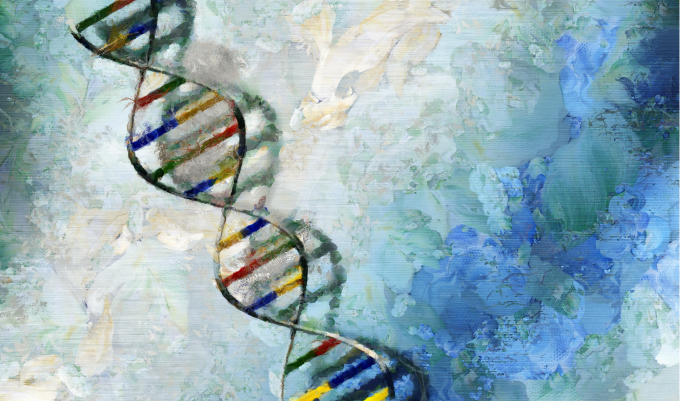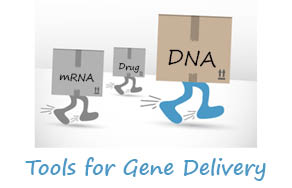Molecular biology experts have been telling us for a while that the Gateway® cloning vectors are easy-to-use, saving them significant time and effort.
Basically, the technology allows you to start with a single Open Reading Frame (ORF) and pop it into any kind of vector you want without having to think about different restriction sites in the Multiple Cloning Sites in your mammalian, bacterial, lentiviral, etc. expression vectors.

Based on the phage lambda’s ability to integrate into the E. coli chromosome through the process of lysogeny, this technique uses lambda’s protein Integrase and E. coli‘s protein Integration Host Factor (IHF). Specific nucleic acid sequences in lambda, called attP, and in E. coli, called attB, join together via recombination during integration to form attL and attR sites that flank the integrated DNA.
Gateway® technology
The Gateway® technology represents a modified version of the above-described naturally-occuring process. Briefly, integration sites called att1 and att2 were developed for each, so that attB1 only reacts with attP1 resulting in attL1 and attB1 only with attP2 resulting in attL2 and attB2.
The trademark Gateway® is owned by Invitrogen Corporation.
Generating the Entry Clone
The Gateway® cloning system requires the user to first generate an Entry Clone in the pDONR™ vector. Interestingly, Gateway® compatible clones are available in the market to make expression clone cloning easier. For example, tebu-bio’s website currently offers more than 14,000 human and murine Gateway® PLUS Shuttle Clones and is able to supply any ORF in this vector upon request.
Once the user has the Entry Clone, the ORF can efficiently be transferred into any Gateway® Destination Vector containing promoters, tags, and selection cassettes.
Cloning steps with Gateway® & GeneCopoeia’s ORFEXPRESS™ Gateway® Shuttle Clone technology

The cloning steps can then be simply summarized as:
- Gateway® BP reaction: ORF with flanking attB sites + Donor vector containing attP sites + BP clonase => Gateway Entry Clone, containing attL sites, flanking the ORF
- Gateway® LR reaction: Entry clone containing attL sites + Destination vector containing attR sites + LR clonase => Expression Clone with attB sites for gene expression
The purchase of ORFEXPRESS™ Gateway® Shuttle Clones is accompanied by a limited label license under U.S. Patents 5,888,732; 6,143,557; 6,171,861; 6,270,969; 6,277,608 owned by Invitrogen, Corp. only to use the product for the internal research purposes of the purchaser.
Interested in one of the 40,000 pre-made Gateway® PLUS Shuttle Clones?
Using ORFEXPRESS™ Gateway® Shuttle Clone system makes molecular biology convenient as there is a one-step transmission of an ORF to a destination vector only!
European researchers wishing to purchase or understand more about GeneCopoeia®’s collection of Gateway®-compatible shuttle clones might contact their local distributor or leave a comment below.



